Nestled into the windswept steppe, evergreen forests of lenga, ñirre and coihue and coasts of Patagonia are over 360 different species of birds, 40 of which are endemic to the area. It’s therefore inevitable that birding in Patagonia has become a real attraction for holidaymakers from around the world, with visitors hoping to catch a glimpse of birds such as hooded grebes, Fuegian steamer ducks and upland geese.
But where’s best to encounter Patagonia’s bird species? Read on to learn about the top birdwatching destinations in Patagonia and the types of birdlife you can expect to find in each.
Birding in Patagonia: Chile
Torres del Paine National Park
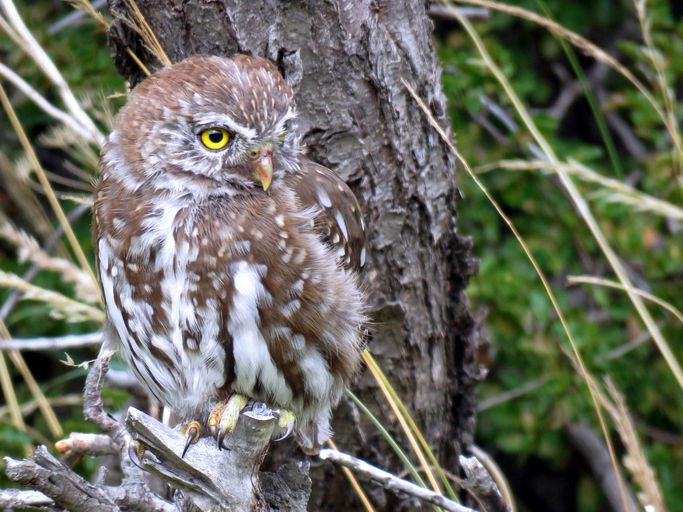 The lakes, Nothofagus forests and grassy plains of Torres del Paine National Park are the ideal habitats for bird species including:
The lakes, Nothofagus forests and grassy plains of Torres del Paine National Park are the ideal habitats for bird species including:
- Andean condor
- Southern crested caracara
- Chimango caracara
- Spectacled duck
- Ashy-headed goose
- Upland goose
- Austral parakeet
- Magellanic woodpecker and striped woodpecker
- Rufous-collared sparrow
- Austral pygmy owl
- Chilean flicker
- Silvery and white-tufted grebes
- Rufous-legged owl
Tierra del Fuego
In the far south of Patagonia, Tierra del Fuego is a desolate, barely-inhabited archipelago of islands that stretch down as far as Cape Horn. As a result of its lack of human settlement, Tierra del Fuego is a paradise for birdwatchers.
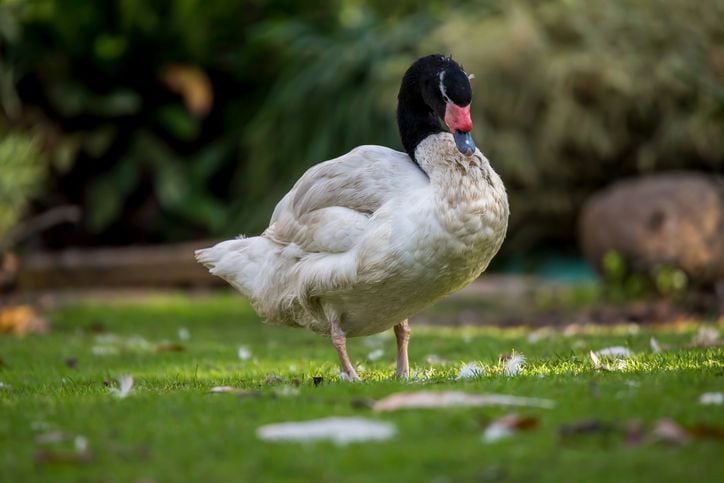 On the lagoons and lakes of Tierra del Fuego, expect to see:
On the lagoons and lakes of Tierra del Fuego, expect to see:
- Magellanic and two-banded plover
- Chilean flamingo
- White-rumped sandpiper
- Ruddy-headed and upland goose
- Great horned owl
- Black-necked and coscoroba swans
On the coasts of Tierra del Fuego and Cape Horn:
- King penguin (only at the colony in Bahía Inútil on the western coast of Tierra del Fuego)
- Flightless and steamer ducks
- Imperial, king and rock cormorants
- Kelp goose
- Magellanic oystercatcher
- Southern giant petrel
- Black-browed albatross
On the grassy plains and forested zones:
- Magellanic woodpecker
- Austral parakeet
- Darwin’s rhea
- Andean condor
- Southern crested caracara
- Black-chested buzzard eagle
The Carretera Austral
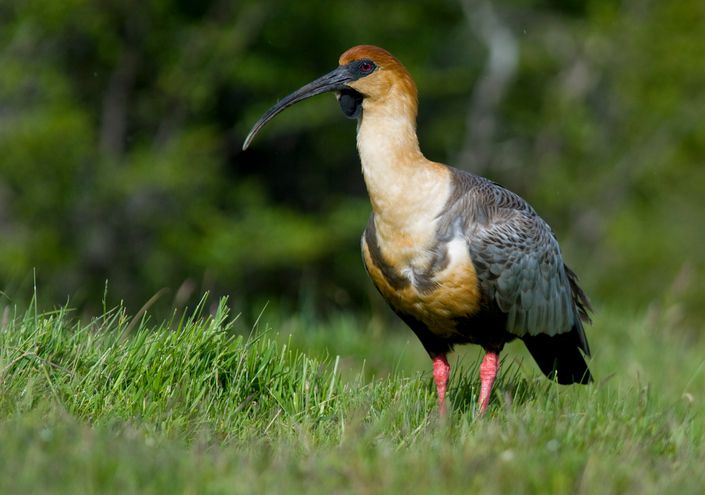 Northern Chilean Patagonia’s only road, connecting Puerto Montt with Villa O’Higgins, the Carretera Austral passes alongside over twenty-five national parks, reserves and private protected areas, where huge numbers of different bird species can be found.
Northern Chilean Patagonia’s only road, connecting Puerto Montt with Villa O’Higgins, the Carretera Austral passes alongside over twenty-five national parks, reserves and private protected areas, where huge numbers of different bird species can be found.
These include:
- Andean condor
- Magellanic and striped woodpecker
- Upland goose
- Black-necked swan
- Black-faced ibis
- Austral negrito
- Austral parakeet
- Striped woodpecker
- Southern lapwing
- Darwin’s rhea
- Southern crested caracara
- Chilean flamingo
- Chucao tapaculo
- Black -throated huet huet, ochre-flanked tapaculo
- Patagonian sierra-finch
- White-throated tree runner
Birding in Patagonia: Argentina
Valdés Peninsula
On the Argentine side of Patagonia, the Valdés Peninsula is renowned for its large population of marine wildlife but with over 180 different bird species migrating to the peninsula or living here throughout the year, it’s also one of the most important birding destinations in Argentina.
- South American, royal and sandwich terns
- Black-browed albatross
- Southern giant petrel
- Blackish and American oystercatchers
- Magellanic penguin
- Brown skua
- Variable hawk
- Great egret
- Turkey vulture
- Burrowing parrot
Los Glaciares National Park
This very popular national park has an abundance of Patagonian birdlife, including:
- Andean condor
- Austral parakeet
- Austral pygmy owl
- Spectacled duck
- Chilean swallow
- Darwin’s rhea
- Torrent duck
- White-throated caracara
- Yellow-bridled and black-throated finch
- Yellow-winged blackbird
- Many-colored rush tyrant
- Chilean flamingo
No comments yet
There are no comments on this post yet.




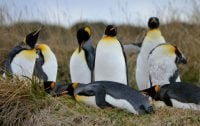
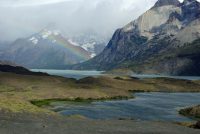
Leave a comment